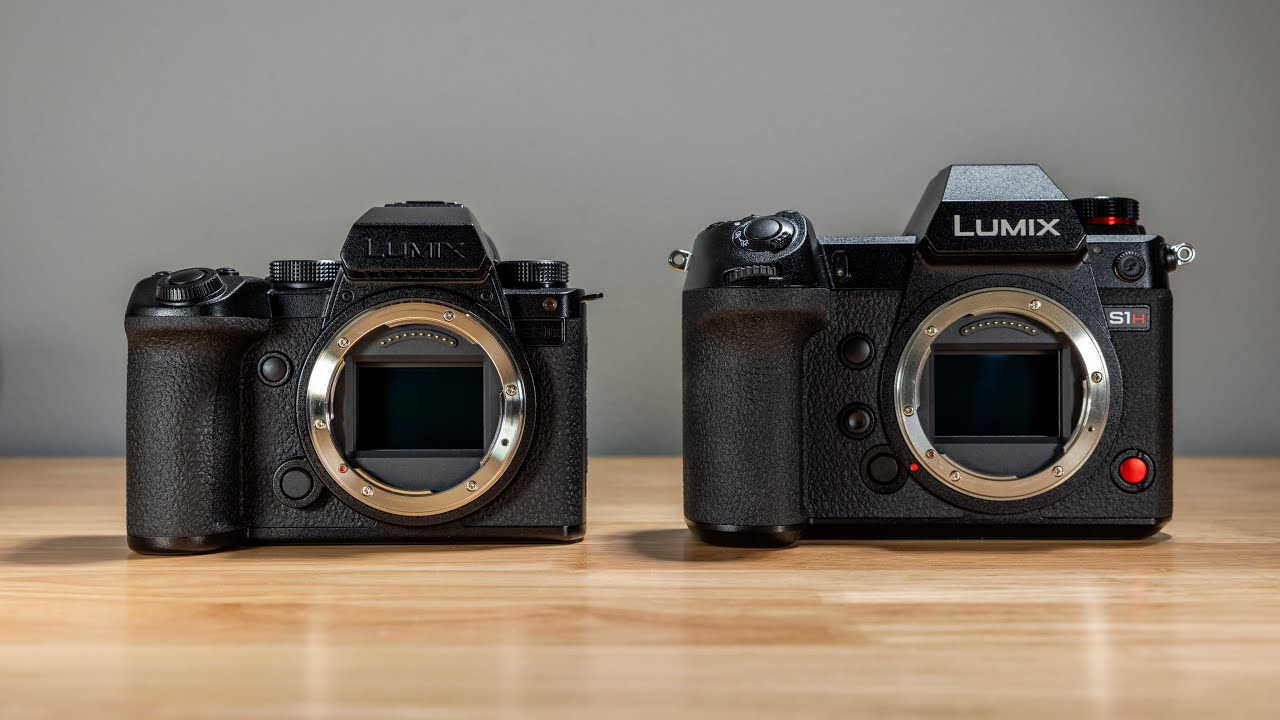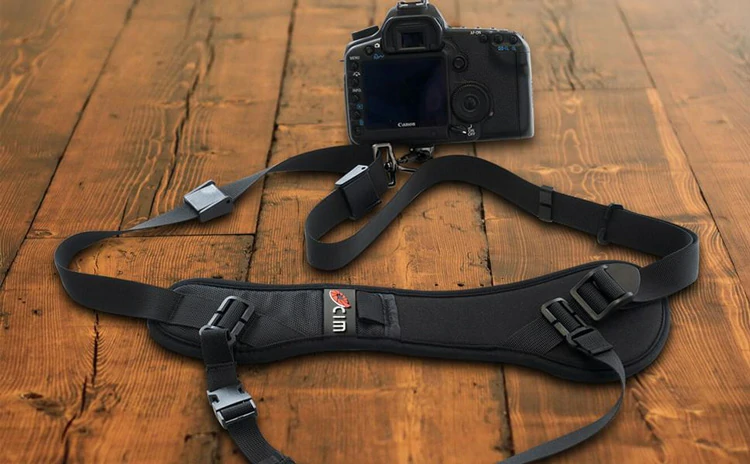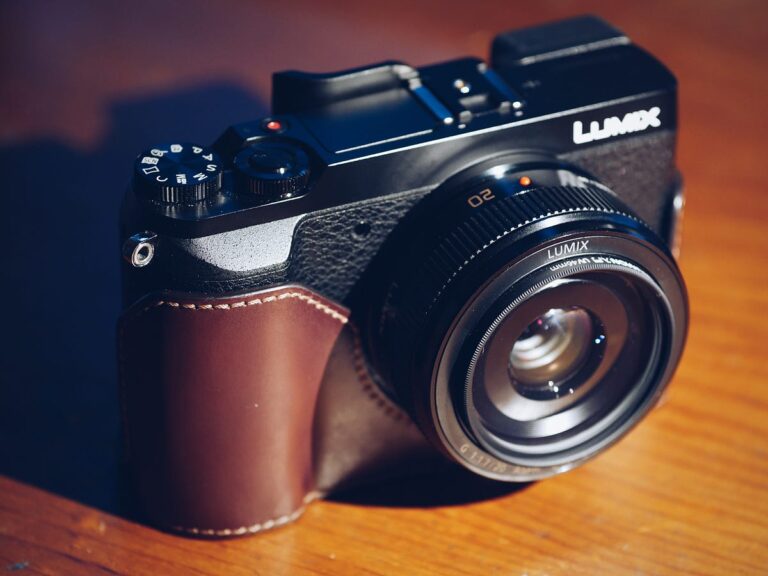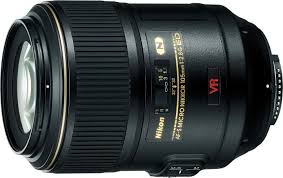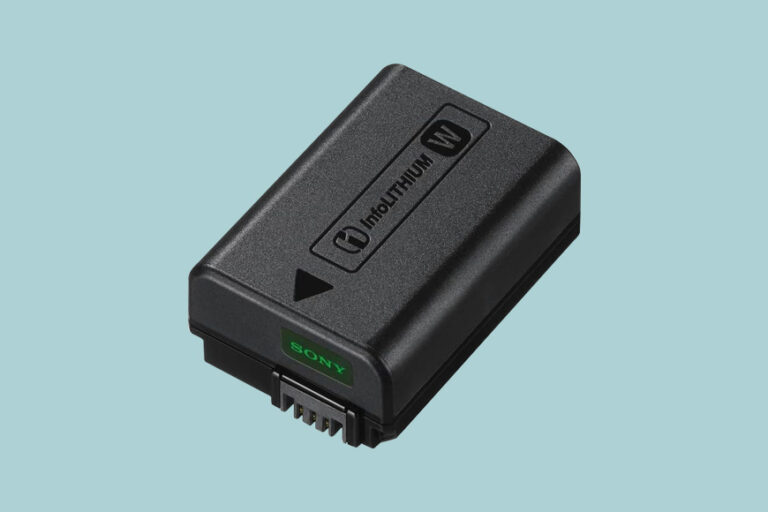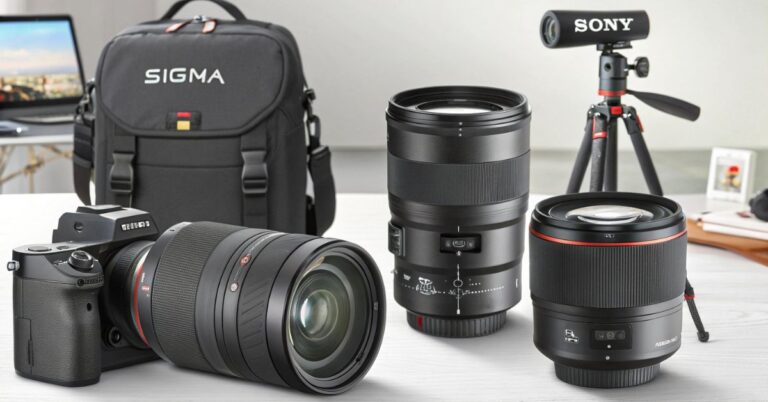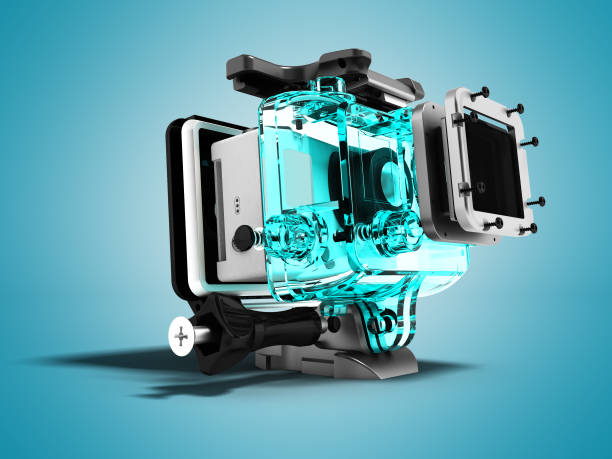Lumix S5II vs Lumix S1H: Which Panasonic Full-Frame Mirrorless Camera Should You Buy?
Choosing between the Lumix S5II and Lumix S1H can be tough, especially if you’re a content creator, filmmaker, or hybrid shooter looking for the best performance in Panasonic’s L-Mount lineup. Both cameras bring unique advantages to the table, one focuses on portability and updated autofocus, while the other is a cinema-grade powerhouse. In this comparison, we’ll explore everything you need to know about the Lumix S5II vs Lumix S1H, from image quality to overheating performance and lens compatibility.
Design & Build Quality: Lightweight vs Cinema Rig
When comparing the Lumix S5II vs Lumix S1H, the size and build differences stand out immediately. The S5II is compact and designed for hybrid users who need portability without sacrificing performance. In contrast, the S1H is bulkier, featuring a built-in cooling fan and rugged magnesium alloy body built for long-format recording sessions.
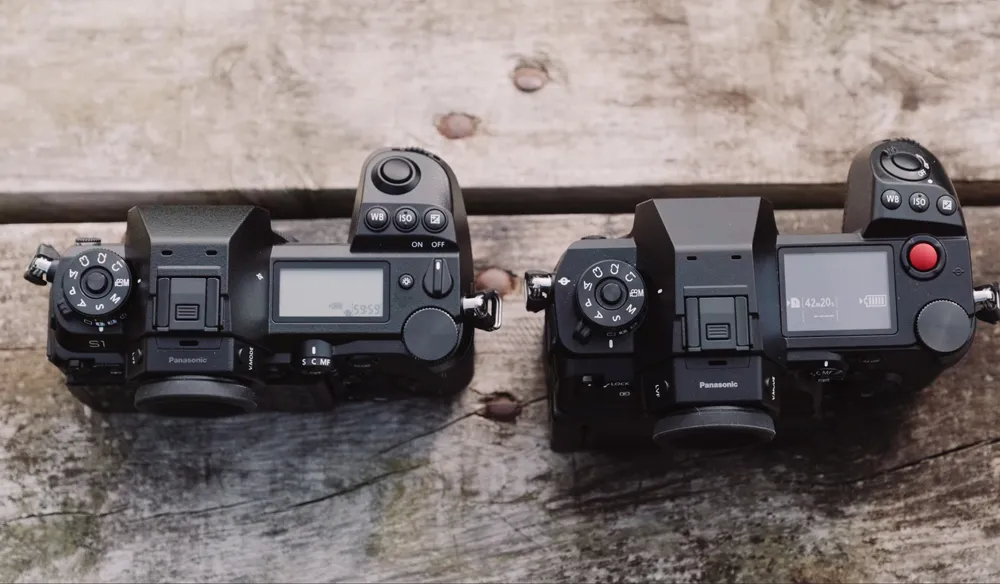
- S5II: 740g, weather-sealed, more compact
- S1H: 1164g, active cooling, cinema-ready design
If portability is a priority, the S5II wins. But if you’re shooting extended interviews or narrative content, the S1H’s thermal control system is invaluable.
Sensor & Image Quality: Similar Yet Specialized
Both cameras use a 24.2MP full-frame CMOS sensor, but there’s a major difference: the S1H has a low-pass filter and dual native ISO, giving it better performance in extreme lighting conditions.
- S5II: Standard 24.2MP full-frame CMOS
- S1H: 24.2MP with low-pass filter and dual native ISO (ISO 640 & 4000)
Thanks to its cinema focus, the S1H maintains cleaner shadows and highlights in challenging scenes. For stills, however, both cameras deliver equally crisp, high-resolution images.
Autofocus: The S5II Fixes the Weak Spot
The biggest leap in the Lumix S5II vs Lumix S1H debate is autofocus. Panasonic finally introduced phase-detection AF in the S5II, significantly improving subject tracking and eye detection.
- S5II: 779-point Phase Hybrid AF, real-time subject detection
- S1H: Contrast-based Depth-from-Defocus (DFD) AF
If you rely on autofocus for fast-moving subjects or vlog-style shooting, the S5II outperforms the S1H by a wide margin.
Video Capabilities: S1H Still Dominates
Video shooters comparing the Lumix S5II vs Lumix S1H will find the S1H remains the flagship for a reason. It’s Netflix-approved and supports 6K internal recording, V-Log/V-Gamut, and timecode sync.
S1H Video Features:
- 6K/24p, 4:2:2 10-bit internal
- Unlimited recording time
- Anamorphic and open gate options
S5II Video Features:
- 6K/30p, 10-bit 4:2:0
- V-Log and LUT support
- No timecode or Netflix certification
While the S5II is excellent for hybrid shooting, the S1H offers more flexibility and reliability for serious filmmakers.
Recording Limits & Overheating
Thanks to its built-in fan, the S1H handles long recordings effortlessly. The S5II introduced better heat management than its predecessor but still has limitations under heavy workloads.
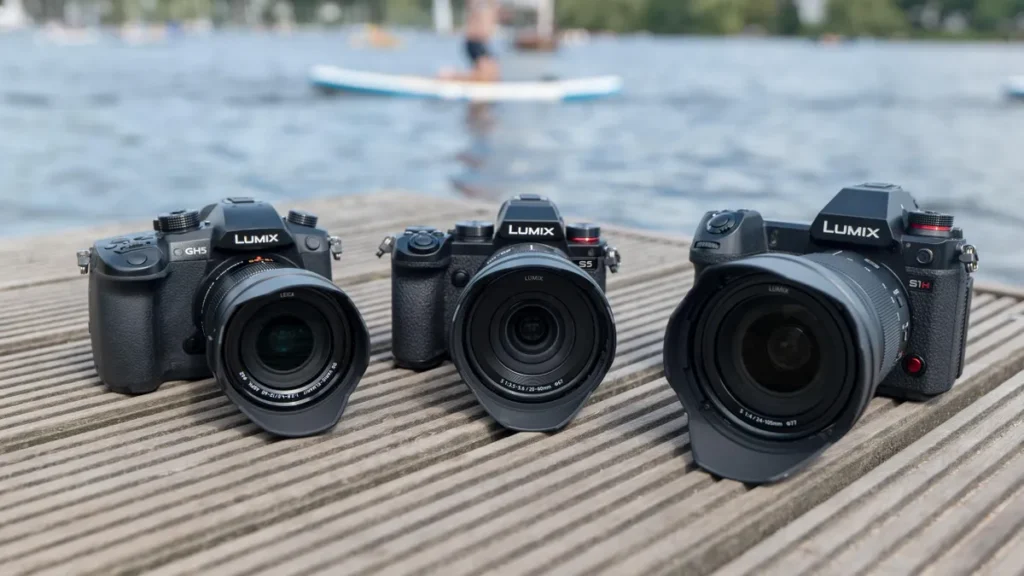
- S1H: Virtually unlimited recording times
- S5II: Up to 40 minutes in 6K under high temps
For those doing long-form content or live sessions, the S1H is the safer bet.
Audio Capabilities: More Pro Options with S1H
Both cameras support the DMW-XLR1 XLR adapter, but the S1H offers more pro-level features built-in.
- S1H: Dual channel monitoring, headphone jack, advanced level controls
- S5II: Audio support present, but fewer customization options
If audio is your priority, especially for interviews or documentary work, the S1H provides more robust options.
IBIS & Stabilization
In-body image stabilization (IBIS) is strong on both cameras, but the S5II has a slight edge due to algorithm improvements.
- S5II: Up to 6.5 stops with Dual IS 2
- S1H: Up to 6 stops with Dual IS 2
Both are excellent for handheld shooting, but the S5II delivers slightly smoother results for hybrid creators.
Display & EVF Comparison
- S5II: 3″ 1.84M-dot vari-angle touchscreen
- S1H: 3.2″ 2.33M-dot vari-angle LCD with tilting mechanism
The S1H’s screen is larger and brighter, more useful for video review and framing in direct sunlight. It also has a 5.76M-dot OLED EVF, superior to the S5II’s 3.68M-dot EVF.
Lens Compatibility & L-Mount Support
Both models use the L-Mount system, supporting native Panasonic, Sigma, and Leica lenses. This gives you access to a growing range of high-quality primes and zooms for both photo and video needs.
- S5II: Better for light travel kits
- S1H: Handles heavier cine lenses better due to its sturdy mount
You’ll get equal access to lenses, but the S1H’s build is more supportive for rigged-out setups.
Battery Life & Power Options
The Panasonic Lumix S5II uses the DMW-BLK22 battery and offers around 370 shots per charge, while the S1H uses the larger DMW-BLJ31 battery with about 400 shots. Although the difference is minor, the S1H benefits from its larger body, which improves heat dissipation and power delivery, especially helpful for long video sessions. Both cameras support USB-C Power Delivery (PD), allowing charging via compatible power banks, making them suitable for extended shoots or travel setups without needing to swap batteries frequently.
Pricing & Value for Money
- S5II: ~$1,999 (body only)
- S1H: ~$3,499 (body only)
The Lumix S5II clearly offers more value for hybrid shooters, especially considering its improved autofocus and modern features. However, the S1H remains worth every dollar for professionals needing cinema-grade recording capabilities.
Who Should Buy the Lumix S5II?
The S5II is ideal for:
- Content creators
- YouTubers and vloggers
- Hybrid photo/video shooters
- Event videographers needing portability
- Filmmakers on a budget
Who Should Buy the Lumix S1H?
The S1H is perfect for:
- Indie filmmakers and documentarians
- Studio-level productions
- Long-form interviews and narrative filmmaking
- Professionals needing timecode and unlimited recording
- Netflix-approved camera workflows
Final Verdict: Lumix S5II vs Lumix S1H
In the Lumix S5II vs Lumix S1H battle, your ideal camera depends on what you shoot. If you need lightweight portability with strong autofocus and great video, go with the S5II. If your work demands long-form recording, cinematic features, and reliability under pressure, the S1H is the better investment.
FAQs – Lumix S5II vs Lumix S1H
1. Is the Lumix S5II good for professional filmmaking?
Yes, it’s great for prosumers and indie creators, but lacks timecode and Netflix certification.
2. Does the Lumix S1H overheat?
No. It has an active cooling system, making it perfect for long-format recording.
3. Which camera has better autofocus?
The S5II wins with its new phase-detection AF system.
4. Can I use the same lenses on both cameras?
Yes, both use the L-Mount system, supporting Panasonic, Leica, and Sigma lenses.
5. Which camera is better for travel vlogging?
The S5II is lighter and more compact, making it the better travel option.
